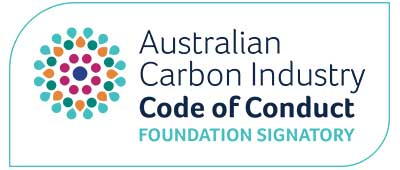Monbiot monsters Savory, rangelands anyone?
In the book ‘Tracks’ Robyn Davidson talks about being so depressed when she reached the clapped out pastoral stations of WA, rather than the rich desert country with its native grasses and shrubs and aliveness. I had this in mind when I first saw Allan Savory’s TED talk on rangelands saving the world.
Last week environmentalist and journalist George Monbiot took the sword to Savory. Intrigued by his talk, Monbiot hit the books and read up on Savory’s intensive grazing approach – ‘holistic management’ – and found it unsupported in the peer reviewed literature. “Intensive rotational grazing does not increase plant or animal production,” says the Agricultural Systems journal.

Rangelands cattle grazing is big in Australia
Interestingly, the first draft of the rangelands methodology for Australia included the management of the timing and extent of grazing – a technique reminiscent of Savory – but the subsequent draft emphasised permanent destocking – almost the opposite! The basic theory of the methodology is that reduced grazing pressure will result in increased sequestration in the landscape.
Is there really potential? In successive reports, the CSIRO, Garnaut and ClimateWorks Australia seem to think so – the CSIRO indicating that the scale may be as much as 20 million tonnes CO2eq a year for 40 years. The ClimateWorks Australia cost curve was even quoted in the Emissions Reduction Fund Green Paper. A principal issue is bedding down how to measure carbon gains accurately and cheaply. This is no easy matter in a fluky and complex system. Just look at savanna – that took about a decade of strongly supported work to crack the simple code of using remote sensing and seasonal timing.
The methodology appears to be going nowhere. The Australian Carbon Rangeland Enterprises, a consortium which was shepherding the methodology development process, seems to have run out of funds, and the Department of the Environment has taken over.
So where to now? The answer may lie in overseas approaches. The Verified Carbon Standard has already approved a method for sustainable agricultural land management on degraded landscapes. Credits have already been issued in Kenya under this method. The method uses the Roth C modeling approach – the same approach which underpins Australia’s FullCAM – to measure organic turnover in soil and vegetation. Could this approach be calibrated for Australia?
In the mean time, no doubt a lot of holistic grazing will continue to take place in Australia.























